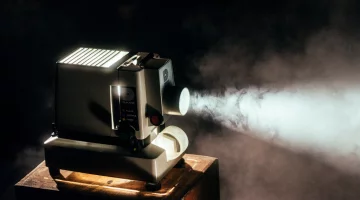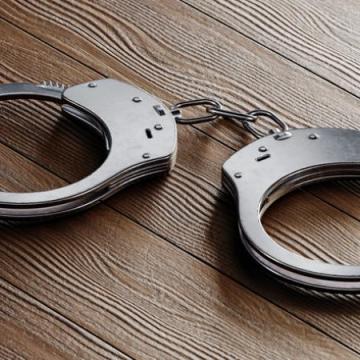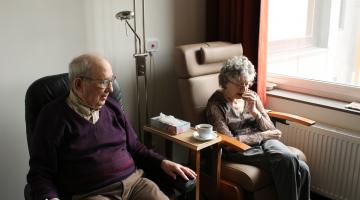How the 1980 Las Vegas MGM Fire Changed the World of Fire Protection
There is one certainty in life, and that is disaster. It comes in many forms, and often legal changes follow paving the way to better protect communities and infrastructures. As building standards change, so does the way we handle fire safety. There are many historical records of massive building fires which forever change the way we prepare for catastrophes in turn protecting others. Many of these changes happen right in the board room of a law firm, after these catastrophic incidents.
Origin of Fire
It was in the morning hours of November 21,1980 when the original MGM Grand Hotel and Casino on the Las Vegas strip caught fire and ended up killing 35 people with more than 85 injured. Most of the deaths were attributed to smoke inhalation. An electrical fire started within a faulty pastry display case in a restaurant towards the east rear of the casino. The fire quickly grew, with its main food source being the appliques and façade of the hotel décor. This included large amounts of wallpaper, PVC piping, glues and plastic mirrors. The fire then consumed the casino floor with flames traveling at a very high rate of speed. Patrons of the casino then fled in fear through the resort’s main entry door, causing an extreme influx in oxygen which then led to a large fireball traveling through the casino floor.
Spread of Smoke
Toxic fumes quickly spread throughout the guest quarters in the hotel tower due to faulty smoke dampers within the duct work of the resort. This was also exacerbated by the fact that the smoke building up in the casino had no outlet, besides through the hotel room towers’ ventilation system. Operators in the hotel’s telephone switch board room had little time to act as their quarters were quickly filled with the deadly smoke. Switch board operators only had moments before they too would succumb to the smoke and were only able to make an announcement for the casino floor. Hotel guests were never notified before employees had to be evacuated.
There were sprinklers located on the first two floors of the casino. However, an old law did not require sprinkler systems in locations that were operated 24 hours a day. Before the fire, the Deli in which the pastry display caught fire was initially a 24-hour-a-day restaurant, but at the time of the incident the Deli was closed. The only reasoning behind this is the idea that if there were always occupants, a fire extinguisher would suffice in containing any possible fire outbreaks.
In the end, MGM Grand cut corners in not installing a full sprinkler system, that in 1980, would have only cost $192,000. Still, a full sprinkler system was not required by law but in the end could have made a big difference in how this story ends.
Aftermath and the Changes that Followed
At the time of the incident, the laws and regulations we not of what we come to expect today. The MGM Grand Fire was the start of some of the biggest changes Nevada has seen regarding new codes and regulations for fire control and swift response. After the MGM Grand Fire, Nevada passed many laws protecting employees, the community and the 42.5 million visitors that find Las Vegas as a vacation oasis yearly.
Currently, all businesses in Nevada open to the public must have fire sprinklers, smoke detectors in rooms and all elevators. One of the biggest issues that lead to the many deaths was improper lighting and the lack of exit maps notating all the fire exits. The MGM Grand reopened in July of 1985 with all the new fire laws implemented with the re-build of the resort. It took several years for all the neighboring buildings to achieve compliance with the newly established rules and regulations. You can imagine that this fire, and the resulting injuries causes an army of injury lawyers to be retained by the victims and their families.
Looking Towards the Past to Better our Future
There have been many historical fires that have taken place not only in the United States of America but all over the world that have changed the way we react to fire disasters. One of the most significant deadly single building fires to take place was the “Great Chicago Theatre Fire” in which a stage light sparked, igniting a curtain resulting in the death of 602 theatre patrons. Most of which were teachers, mothers and children. This fire also paved the way for some of the nation’s biggest fire regulation changes. The fire that resulted in the September 11, 2001 Trade Center attack is the only US fire to have surpassed this death rate.
As times and society changes, we can expect to see more and more changes to building and safety laws throughout the whole world. Although these instances were disasters, there was still one general positive and that was the experience and knowledge to avoid them in the future. At Justice Law Center, our expert injury attorney team is always on the job to help facilitate change in this world to help keep our neighbors safe.
More to Read:
Previous Posts:






